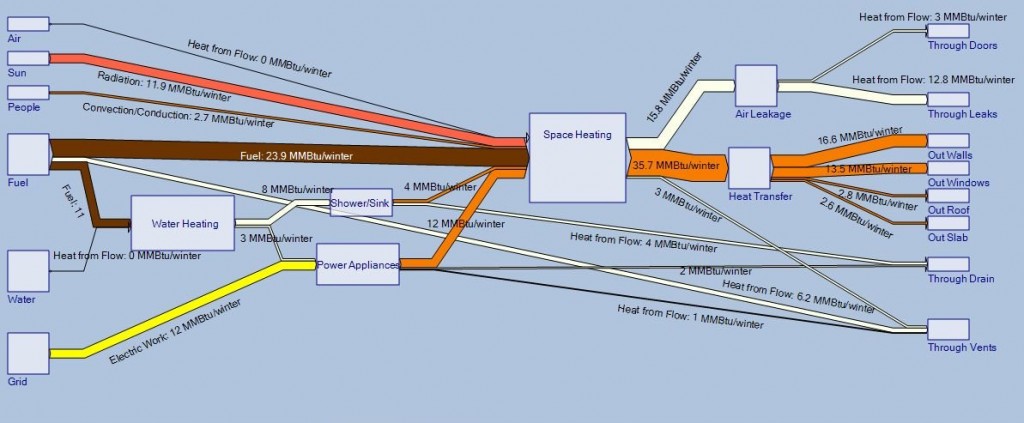Every summer has its own story. For residents of Southern California, this summer’s story is going to include a chapter about rolling blackouts. The L.A. Times wrote the prequel earlier this month. To summarize, the natural gas leak this winter at the Aliso Canyon Underground Storage Facility has left Southern California short on natural gas, which means that, come summer, the region’s utilities could be unable to generate enough electricity to meet demand. To prevent the entire grid from, power managers will institute rolling blackouts by cutting electricity to certain individual sectors of the grid at moments of peak demand.
To many, the possibility of a blackout seems quaint. Who doesn’t enjoy the occasional candlelit dinner? And what parent doesn’t wish their kids would watch less television? The reality of blackouts, however, is deadly serious. Electricity provides us with more than just entertainment. We depend on it to, among other things, refrigerate our food, power hospital equipment, and illuminate traffic signals. We hardly notice it when it’s there, but without electricity are lives are much less safe.



